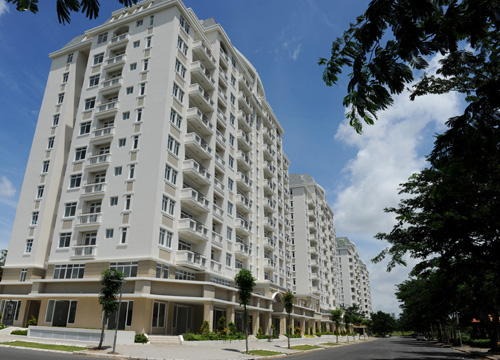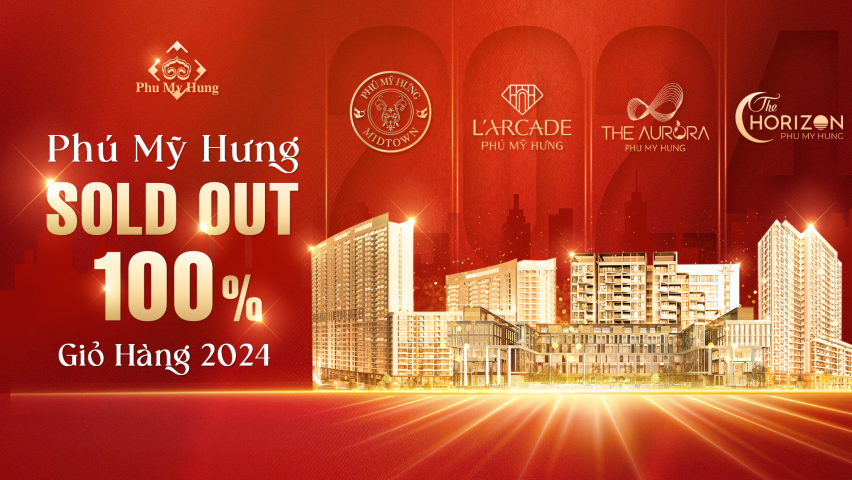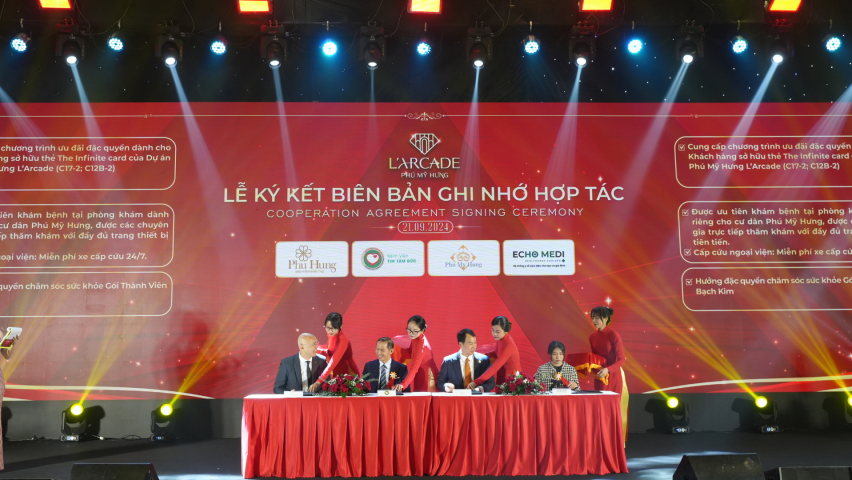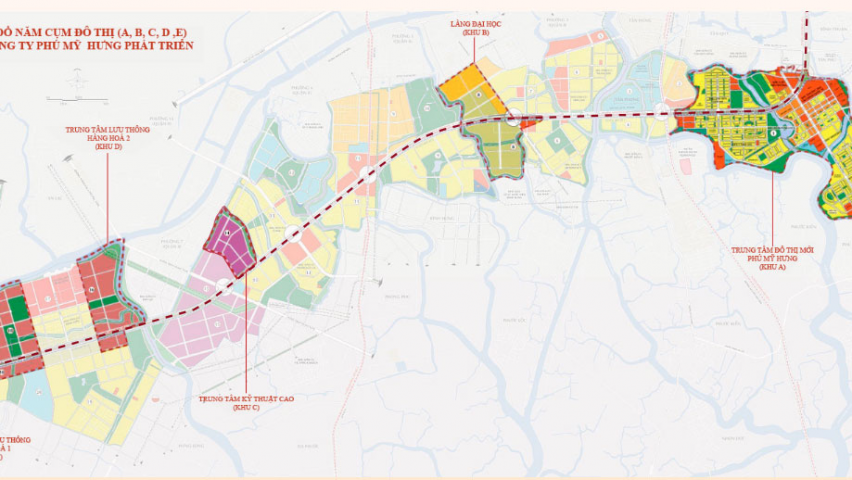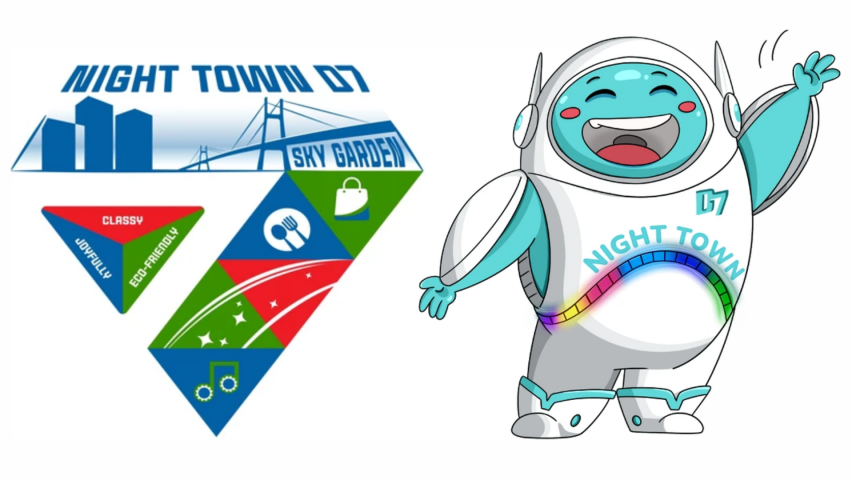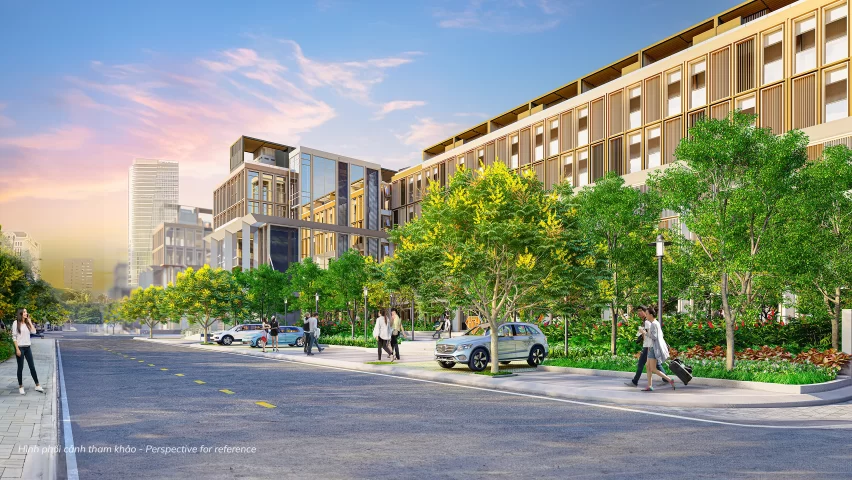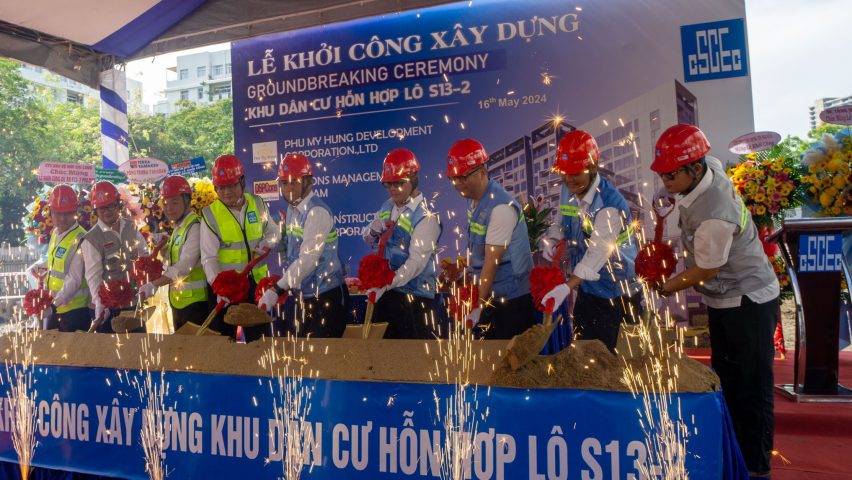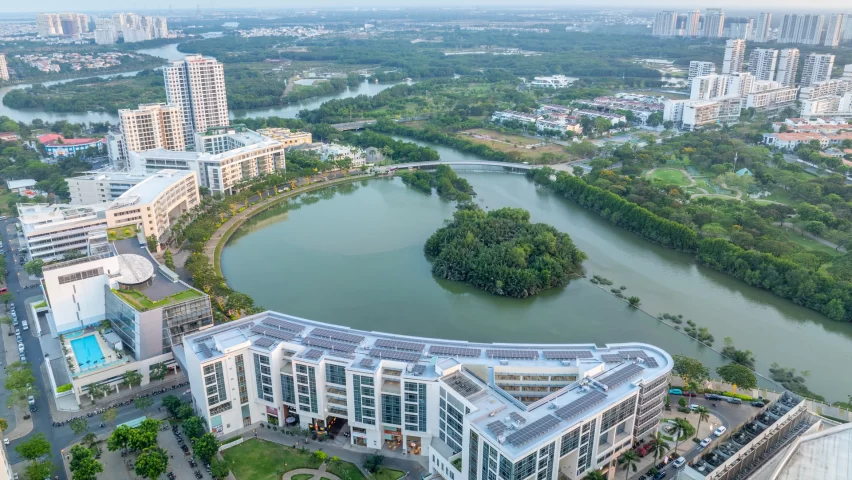Phu My Hung township becomes model for emulation
More developers are beginning to consider urban townships as more than just a collection of houses. Phu My Hung, whose township of the same name in Ho Chi Minh City has been acknowledged as the “new urban area model” by the government for its comprehensive approach, is spawning many copycats.
This approach focuses not just on building residential and commercial blocks but also on catering to the surrounding environment and ensuring harmonious architecture.
Following Phu My Hung, a series of new urban centers are popping up on the city’s outskirts and adjacent provinces.
In Nhon Trach District of Bien Hoa Town in Dong Nai Province, a 700-hectare urban center, expected to cost over VND16 trillion (almost US$1 billion), is coming up.
In the same district, a 200-hectare urban development has been licensed at a cost of more than $400 million.
In HCMC, just next to Phu My Hung, GS Engineering and Construction has received permission to develop a 350-hectare complex in Nha Be District.
According to the city’s zoning plans, this area is expected to become a resort and entertainment hub.
Le Hoang Quan, chairman of the city People’s Committee and vice chairman of the Association of Cities of Vietnam the country has 288 new urban centers, including those under construction.
HCMC alone has added 6.5 million square meters a year for the last few years.
“We want to see new urban developments that are ‘Vietnam’ – modern but traditional at the same time,” Quan said.
“But we also need to create housing centers that can create a community feeling in residents.”
According to the Ministry of Construction’s Planning and Architecture Management Department, HCMC also has hundreds of small-scale urban development projects, which can be a few dozen hectares or even less.
The department said some of these projects are in truth “housing complexes,” and often lack even public lighting, environmental management and security cannot be considered urban centers.
Luu Duc Hai, head of the ministry’s Urban Development Department, said some urban developments simply mushroomed in response to the housing shortage and did not seek to create a healthy urban living environment. The government regulates the country’s “urban development frame” extensively through zoning plans but some investors simply cannot wait for these to take shape, he added. This has meant urban centers are cropping up everywhere but without any kind of order. Quan, however, believed that making Phu My Hung the “new urban development model” would encourage others to go down the same path. He blamed the lack of more areas like Phu My Hung on some developers’ greed.
They do not care about residential services or the environment, but merely about profits, he said. A representative from Phu My Hung Corp. said his company had developed the area systematically by first acquiring all the land before proceeding with construction. Traffic planning in the area is laid out in a chessboard pattern, he said, reducing traffic.
At the World Cities Summit held recently in Singapore, the Asian Development Bank’s president, Haruhiko Kuroda, called Asia’s rapid urbanization “unprecedented.” It is estimated that around 1.1 billion Asians are expected to migrate to cities in search of livelihoods in the next 20 years.
Via: Thanhniennews.com


